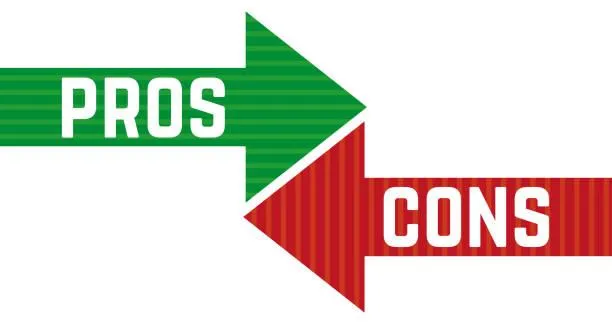
USDA Loan Benefits: Advantages & Disadvantages of USDA Loans
“particularly fitting for those seeking homeownership in rural areas with limited savings for a down payment ”
Introduction:
Embarking on the journey to homeownership can often feel daunting, especially when faced with the complexities of mortgage options. For those in search of a route that offers distinctive advantages, particularly for rural homebuyers, the USDA loan emerges as a noteworthy choice.
The USDA loan, a program initiated by the United States Department of Agriculture, is specifically tailored to assist individuals and families residing in rural locales to achieve the dream of homeownership. Diving into the perks and caveats of this loan type is crucial for prospective borrowers to make an educated decision on its suitability for their homeownership aspirations.

Understanding USDA Loans: Advantages and Drawbacks
The appeal of USDA loans lies in their blend of benefits and limitations, which cater to a distinct demographic:
Pros:
Zero Down Payment: Uniquely advantageous for first-time buyers or those without the means for a standard down payment.
Competitive Interest Rates: Backed by the USDA, these loans typically offer lower rates than conventional options, making homeownership more attainable.
Flexible Credit Guidelines: With more lenient credit requirements, USDA loans extend opportunities to those with less-than-perfect credit histories.
No Private Mortgage Insurance (PMI): This absence reduces monthly outgoings, further lowering the barriers to homeownership.
No Prepayment Penalties: Offering the freedom to pay off the loan ahead of schedule without financial repercussions.
Cons:
Income Caps: Eligibility is contingent upon meeting specific income thresholds, potentially excluding higher earners.
Geographic and Property Limitations: Eligible homes must be situated in designated rural areas, possibly narrowing choice for some.
Occupancy Rules: The financed property must be the borrower’s primary residence, excluding investment or secondary homes.
USDA Fees: Though PMI is waived, borrowers face other fees, including an upfront guarantee fee and an annual fee.
Extended Processing Times: The thorough underwriting process may delay loan approval, a potential downside for those on tight timelines.
Is a USDA Loan Right for You?
Deciding on a USDA loan involves weighing its unique benefits against potential drawbacks. This loan type is particularly fitting for those seeking homeownership in rural areas with limited savings for a down payment and who meet the income requirements. The choice ultimately hinges on personal financial circumstances, property location preferences, and the ability to comply with the program's stipulations.
For individuals considering this path to homeownership, engaging with a specialist can provide deeper insights into the feasibility of a USDA loan for their situation. Embarking on this decision with a comprehensive understanding of the loan's facets ensures a well-informed, strategic approach to achieving homeownership goals.
In essence, USDA loans stand out as a viable option for many, making the dream of homeownership a more accessible reality for individuals and families in rural America.
Other resources to help you get started with Homeownership
Ready to buy a house? Use this checklist to get going!:
Here is a quick checklist to get you started with buying a house.
Check and Improve Your Credit Score: Obtain a copy of your credit report, review it for accuracy, and address any errors. Work on paying down existing debt to improve your credit score. You can get one free copy annually at this site. Pulling this report will NOT affect your score.
Determine Your Budget: Analyze your finances to establish a realistic budget, considering both the down payment and potential monthly mortgage payments.
Save for Down Payment and Closing Costs: Set aside funds for the down payment, typically 20% of the home's price, and additional funds for closing costs.
Gather Necessary Documentation: Prepare to provide the lender with several pieces of documentation, including recent pay stubs, tax returns for the last two years, W-2 statements, bank statements, and any other assets or liabilities.
Get Preapproved for a Mortgage: Approach multiple lenders to compare rates and terms, and obtain a preapproval letter, which indicates how much they're willing to lend you.
Understand Different Mortgage Options: Research various mortgage types (e.g., fixed-rate, adjustable-rate, FHA, VA) to find the one that best suits your needs.
By completing these steps, you'll be well-prepared to approach the home buying process with confidence and clarity on what you can afford.

24445 Tomball Parkway, Suite 100
Tomball, TX 77375









